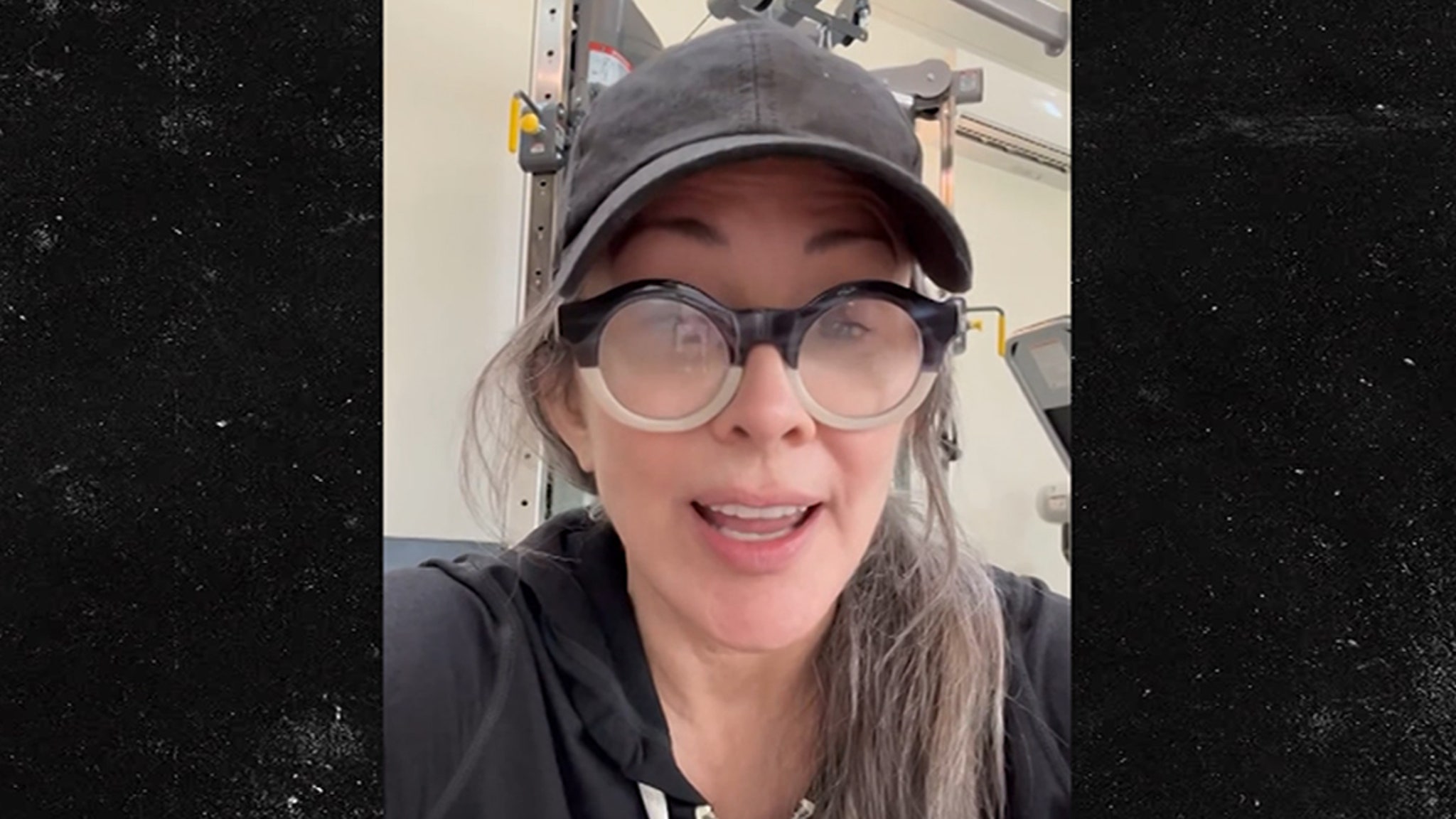Culture
An Abandoned School Becomes a Canvas for Art Galleries

In a spirit of cooperation, six midsize art galleries are extending their reach beyond Manhattan with the purchase of a sprawling abandoned school in Columbia County, N.Y., that will be inaugurated as a new exhibition platform called the Campus on June 29.
The galleries Bortolami, James Cohan, Kaufmann Repetto, Anton Kern, Andrew Kreps and Kurimanzutto pooled their resources to buy the low-slung 78,000-square-foot Ockawamick School and its surrounding 22 acres in Claverack.
“This is writ large of something that’s happening in the art world: a new way of working,” said Kreps, who initiated the real estate hunt. He called it a move “toward collaboration” and away from working in one’s “own little silo.”
The property is outside Hudson, which has become a mini-Mecca for art and design, and joins a host of homegrown galleries and other contemporary art institutions in the region. The School, a museum-size extension of Jack Shainman’s gallery spaces in Manhattan, and the nonprofit Art Omi center are both in Columbia County. Sullivan County includes newcomers such as the nonprofit Catskill Art Space and the artist Bosco Sodi’s exhibition space Assembly.
Most of the nearly 80 artists in the Campus’s inaugural exhibition are drawn from among the more than 200 artists and estates represented by the collective. A number have strong personal connections to the region, including Jenny Holzer, Rachel Harrison and Sanya Kantarovsky. Four works will be outdoors, including a sculptural installation by Maren Hassinger and a site-specific project from William Forsythe that will prompt visitors into a complex choreography on a former football field.
The Campus, which sits among livestock pastures, will be open on summer weekends.
Timo Kappeller, a freelance curator who worked with the partner galleries to organize the first show, praised the midcentury architecture of the school and the beauty of “this one-story line that sits in the landscape.” He described a long-term vision for year-round activities including artmaking workshops, films, performances and talks.
Stefania Bortolami, Jim Cohan and Kreps said the partners jumped at the chance for ample art storage, which is often a pain point for city galleries, but were most excited by how ripe the site seemed for reanimation.
The inspiration for Kreps was the 2006 Berlin biennial, part of which was held in a decaying school for Jewish girls that had been closed by the Nazis. He said that seeing art in a space that still thrummed with the memory of what it had been was incredible, and that it “left an impact on all of us who saw that exhibition.”
The plan is to allow curators and artists to respond to the school as is. The backbreakingly low water fountains and the rows of tall dented lockers are reminders that the building served students of all levels for generations. (Shortly after the partners closed on the property in July 2021, they rented it out as a set for HBO’s teen drama “Pretty Little Liars.”)
AJ Liberto, one of several people hired to prepare the place for its new purpose — with updates to increase security, safety and accessibility — scuffed along the linoleum as he said that graduates of the school had stopped by to reminisce. “We learned where all the fights went down,” he said, laughing, and “where detention was.”
Among the artists represented at the inaugural exhibition are Nairy Baghraimian, Daniel Buren, Anthea Hamilton, Spencer Finch, Barbara Kasten, Roy Lichtenstein, Lee Mullican, Philip Pearlstein and Pae White. Marta Minujín was the subject of a recent solo show at the Jewish Museum, and Eamon Ore-Giron has several paintings in the current Whitney Biennial. Two connected spaces are being given over to the current cohort at NXTHVN, the arts incubator in Connecticut.
The school’s still-stinky gym will be a showcase for artists from all six Campus partners, including a neon installation by Andrea Bowers and a major sculptural installation by Yinka Shonibare, who currently has works on view at the Venice Biennale.
But the “big wow” of the Campus, Kappeller anticipates, will simply be seeing art of our era set against the architecture and ethos of an institution so steeped in bygone days.






















